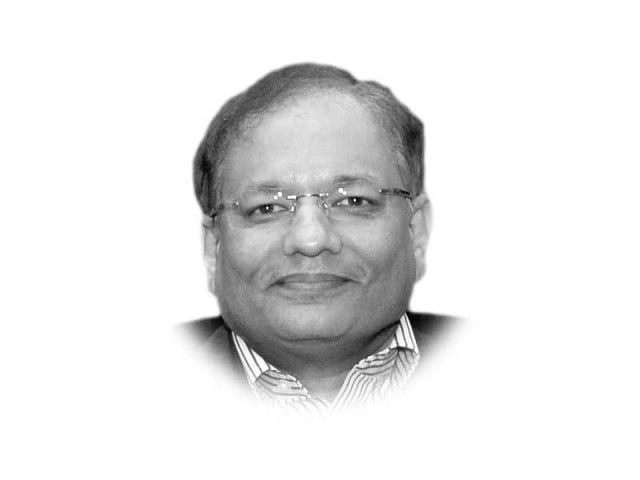Pink October
Pakistan reportedly has the highest incidence rate of breast cancer in Asia

Every year, October is marked globally as Breast Cancer Awareness month. The colour pink has come to symbolise hope and determination to defeat the disease. In Pakistan this year, there is a heightened effort to raise awareness about the condition, which contributes to nearly 40,000 deaths annually.
Pakistan reportedly has the highest incidence rate of breast cancer in Asia. It is estimated that one out of nine women in the country is at risk of getting breast cancer every year. While there are several approaches that can reduce this risk, one major strategy is encouraging breastfeeding. The World Cancer Research Fund (WCRF) has concluded that five months of breast feeding is associated with a 2% drop in the risk of breast cancer. With 12 months of breastfeeding, a woman can lower her breast cancer risk by 4.3%. The good news is that the effect is cumulative: the longer the duration of breastfeeding, the greater its protective effect. The most significant benefit is seen in women who breastfeed for more than two years over their lifetime.
In addition to protecting women from endometrial and ovarian cancer and from developing diabetes and hypertension, breastfeeding suppresses ovulation and thus leads to birth spacing, which can be a life saver in countries with high fertility such as Pakistan. Birth spacing helps mothers recoup the energies expended during pregnancy and avoids the health risk they could face from repeated and closely spaced births. Breast milk is also a child’s first vaccine, providing protection against respiratory infections, diarrhoeal diseases, and diabetes. In addition to its social, medical, and economic benefits, the practice of breastfeeding is also environmentally friendly.
Unfortunately, despite these tremendous benefits, only 48% of children under six months are exclusively breastfed in Pakistan — in neighbouring Sri Lanka, this figure is as high as 82% — and among the Pakistani mothers who do initiate breastfeeding, only 53% continue until their child is two. Empirical evidence shows that the duration of breastfeeding decreases with maternal education, higher socio-economic status, and urban residence. Across provinces, the median duration of breastfeeding is highest in Sindh and lowest in Punjab.
Breast cancer prevention campaigns must focus on messaging that encourages women of all socioeconomic strata, especially educated women, to initiate breastfeeding within the first hour after birth and to continue feeding until their baby is two years old. In rural communities, Lady Health Workers must be utilised to increase the proportion of women commencing and continuing breastfeeding through individual and group counselling. National and provincial polices need to be put into practice that support mothers in breastfeeding their children at the workplace. Post-devolution, provinces have enacted laws for the protection and promotion of breastfeeding and child nutrition, which discourages formula milk production and sale and places penalties on health workers prescribing bottled or packaged milk. These laws now need to be enforced through the support of the provincial healthcare commissions and law enforcement agencies. Above all, the government must also intervene through the media to counter the culture that promotes artificial feeding, which has been created and maintained by commercial interests through aggressive promotion and innovative marketing.
It is heartening that the First Lady and the President are both taking a keen interest in spreading the message on the importance of early detection and prompt treatment of breast cancer. This has resulted in mitigating the taboo surrounding the subject, which was never discussed or highlighted in the past. We now need to vigorously promote breastfeeding for two years after every birth, not only as a religious obligation prescribed in the Holy Quran but also as a proven strategy to lower breast cancer risk and ensuring the wellbeing of women and children.















COMMENTS
Comments are moderated and generally will be posted if they are on-topic and not abusive.
For more information, please see our Comments FAQ